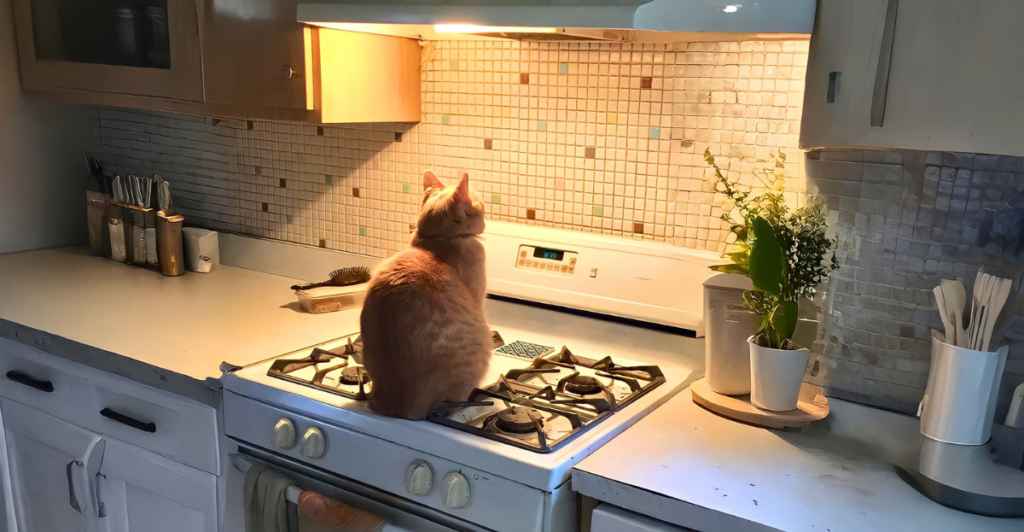
Cats may seem aloof, but beneath that independent exterior lies an emotionally complex creature affected by stress just like humans. What makes feline stress particularly concerning is their evolutionary tendency to mask pain and discomfort—a defense mechanism that once protected them from predators but now makes distress difficult for owners to detect.
According to animal behavior specialists, cats typically only display obvious signs of distress when experiencing intolerable conditions. The subtle behavioral shifts that indicate unhappiness are often misinterpreted as typical cat quirks or dismissed entirely.
Research shows that chronic stress weakens cats’ immune systems and significantly impacts their quality of life. The following strange habits might seem harmless or even amusing, but they’re actually your cat’s desperate attempts to communicate their distress.
1. The Obsessive Groomer: When Cleanliness Signals Distress
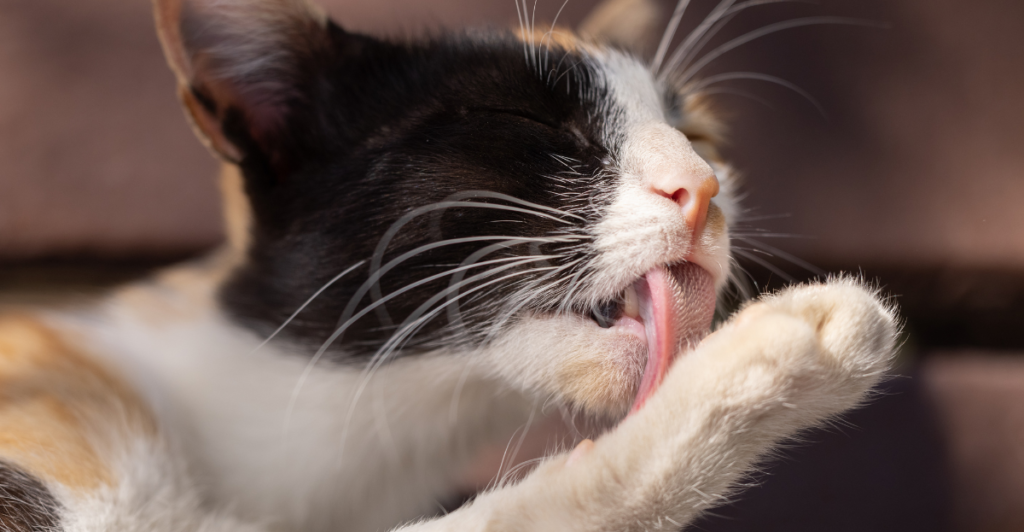
Excessive grooming isn’t just about vanity—it’s a red flag for underlying anxiety. While grooming is a normal feline behavior, when it turns into near-constant licking or biting at fur, it’s often a form of displacement behavior. Studies on animal stress responses have shown that compulsive grooming reduces stress hormones, acting as a biochemical self-soother.
However, in domestic cats, this coping mechanism can spiral into hair loss, skin irritation, or infection. A 2023 study published in Animals journal revealed that cats in chaotic or unpredictable households were significantly more prone to psychogenic alopecia, a stress-related condition linked to over-grooming.
To address this, enrich your cat’s environment with vertical spaces and mental stimulation, establish a consistent daily routine, and reduce triggers like loud noises or overcrowding.
2. The Sudden Biter: When Affection Turns to Aggression
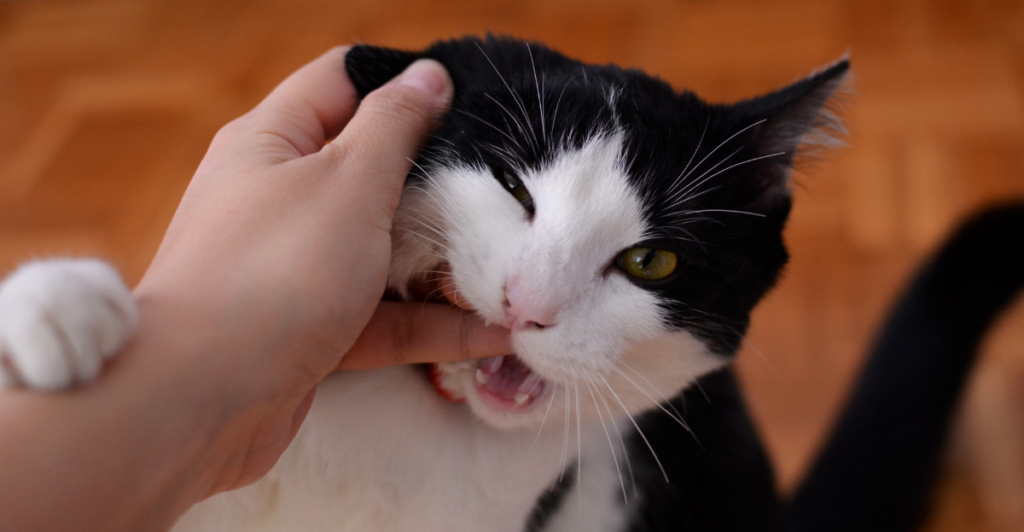
What seems like an affectionate moment can quickly turn sour when a cat unexpectedly bites. While some label these episodes “love bites,” they’re more accurately described as petting-induced aggression. Cats have sensitive nerve endings in their skin, and prolonged contact—especially on overstimulated zones like the belly or base of the tail—can turn soothing touch into discomfort.
Research in feline behavioral science shows that cats biting after affection typically display precursor signs: rippling skin, flattened ears, or a swishing tail. These subtle warnings are often missed or ignored.
A surprising 2021 study from the University of Lincoln found that many owners unintentionally reinforce biting behavior by responding with more attention, not less. To prevent escalation, learn your cat’s preferred petting zones and stick to short, predictable sessions.
3. The Litter Box Avoider: When Toileting Becomes Territorial
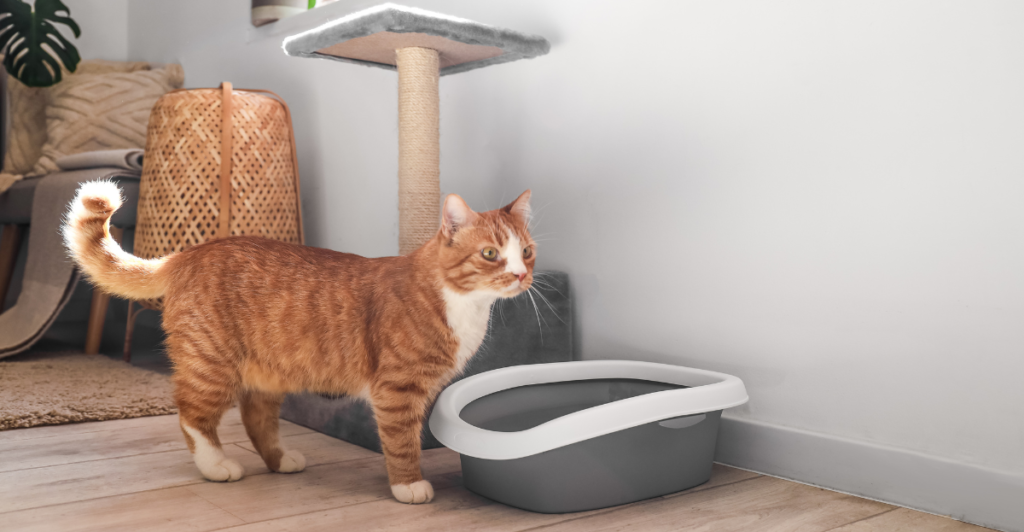
Inappropriate elimination is one of the most misunderstood signs of feline distress. When a cat avoids the litter box, many assume its spite or poor training, but it is often a signal of territorial anxiety or environmental discomfort.
Research from the Ohio State University’s Indoor Pet Initiative found that stress—especially from competition, layout changes, or unfamiliar scents—was the strongest predictor of litter box avoidance. Cats don’t just urinate randomly; they often choose places that carry specific social cues, like beds (symbolizing safety) or shoes (scent markers of key humans).
These choices are acts of communication, not rebellion. To remedy this, follow the “1+1” rule for litter boxes: one per cat plus an extra. Choose unscented litter and clean daily.
4. The Frozen Sentinel: When Hyper-Vigilance Replaces Relaxation
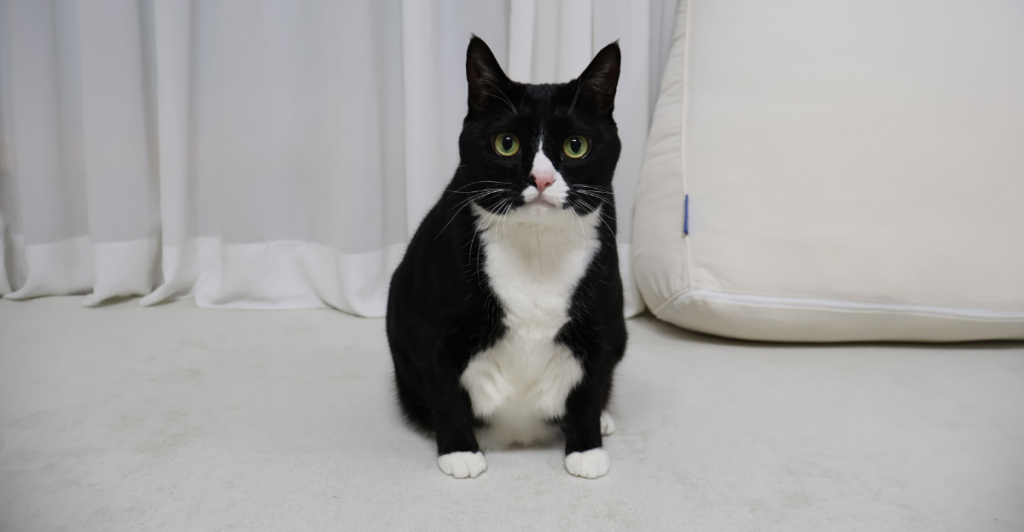
A cat that sits still for hours, eyes wide and ears twitching, isn’t being watchful—it’s likely trapped in a state of hyper-vigilance. This behavior reflects a sympathetic nervous system stuck on “high alert,” similar to post-traumatic stress in humans. Instead of relaxing, the cat remains poised to respond to any potential threat, real or imagined.
Studies have shown that cats exhibiting this behavior have chronically elevated cortisol levels and shortened sleep cycles. The 2022 Journal of Feline Medicine and Surgery highlights how cats in overstimulating environments—like homes with barking dogs, unpredictable visitors, or harsh lighting—experience vigilance-related stress far more often.
Create retreat zones with partial enclosures and vertical elevation, ideally in quieter areas. Sound-dampening curtains and cat-specific relaxation music can also help.
5. The Solitary Retreater: When Hiding Becomes a Lifestyle
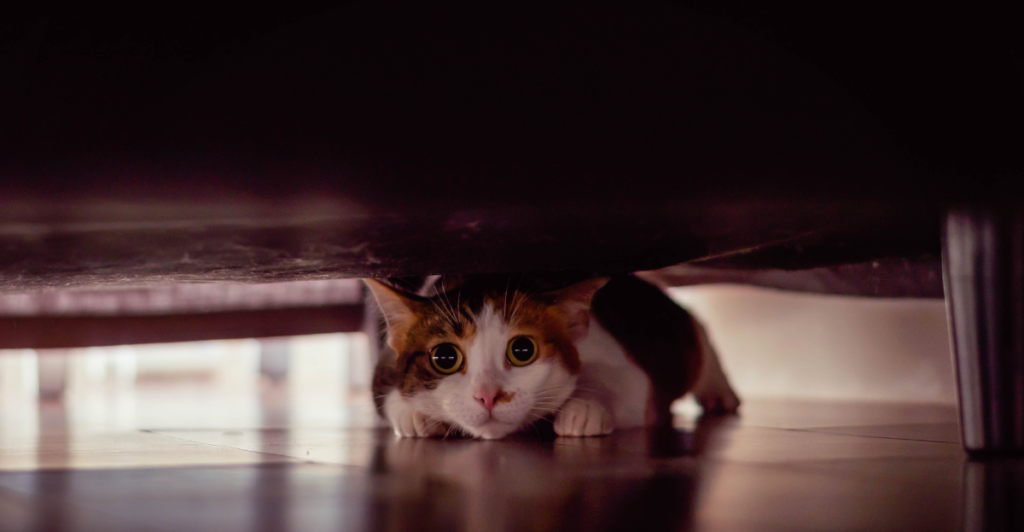
Cats love cozy corners, but when hiding becomes constant, it signals deeper emotional withdrawal. In the wild, retreating is a defensive behavior. In the home, it’s often an expression of emotional overload.
A 2020 survey from the American Association of Feline Practitioners revealed that cats placed in multi-pet households or chaotic environments without escape zones showed a 40% increase in hiding behaviors.
These cats were also more likely to develop stress-induced illnesses like idiopathic cystitis. Instead of coaxing them out, create accessible “safe zones” throughout the home using covered beds or cardboard hideaways elevated off the ground. Use positive scent associations—placing worn clothing near hideouts or using synthetic pheromones to mimic friendly cat signals.
6. The Compulsive Actor: When Repetitive Behaviors Signal Desperation
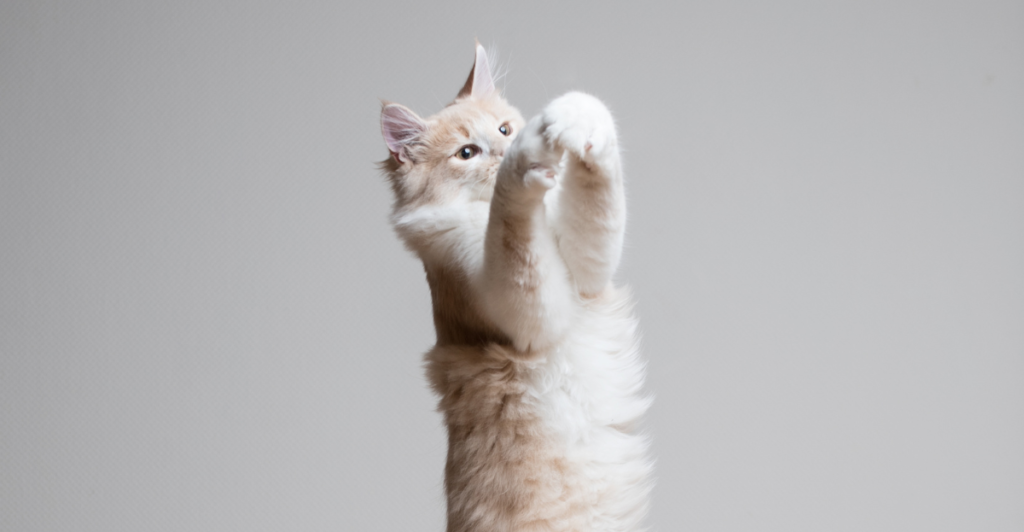
Cats pacing, air biting, or chasing invisible prey aren’t being quirky—they’re likely suffering from compulsive behaviors driven by emotional distress. These “stereotypies” are repetitive, ritualized actions that lack obvious purpose but serve as internal tension releases.
Feline Hyperesthesia Syndrome (FHS) is a particularly extreme example, often misdiagnosed as epilepsy due to the suddenness and severity of episodes. Recent veterinary neurology studies suggest that overstimulation, coupled with chronic stress, contributes to these behaviors via disrupted serotonin regulation.
The more sterile and monotonous an environment, the more likely these coping mechanisms are to arise. Intervention starts with environmental enrichment: puzzle feeders, rotating toys, and scheduled play that mimics hunting behavior. Predictable routines reduce anxiety, while elevated resting spots provide security.
7. The Problem Solver Who Gives Up: When Persistence Disappears

A mentally engaged cat is a healthy cat. So when your clever feline suddenly loses interest in puzzles or gives up on challenges they once relished, it’s not laziness—it’s often cognitive burnout from chronic stress.
The “impossible task paradigm,” used in animal cognition research, reveals that stressed cats give up faster when faced with unsolvable problems, showing reduced problem-solving persistence. This behavior mirrors what psychologists call “learned helplessness,” where repeated exposure to uncontrollable stress leads to apathy.
Rebuilding confidence requires small, achievable tasks. Start with low-difficulty food puzzles, then gradually increase complexity as your cat re-engages. Offer frequent praise, and avoid punitive reactions when they disengage. Set up multiple “success stations” around the home, such as simple treat hides or climbing shelves with rewards
8. The Social Withdrawal Artist: When Affection Becomes Aversion
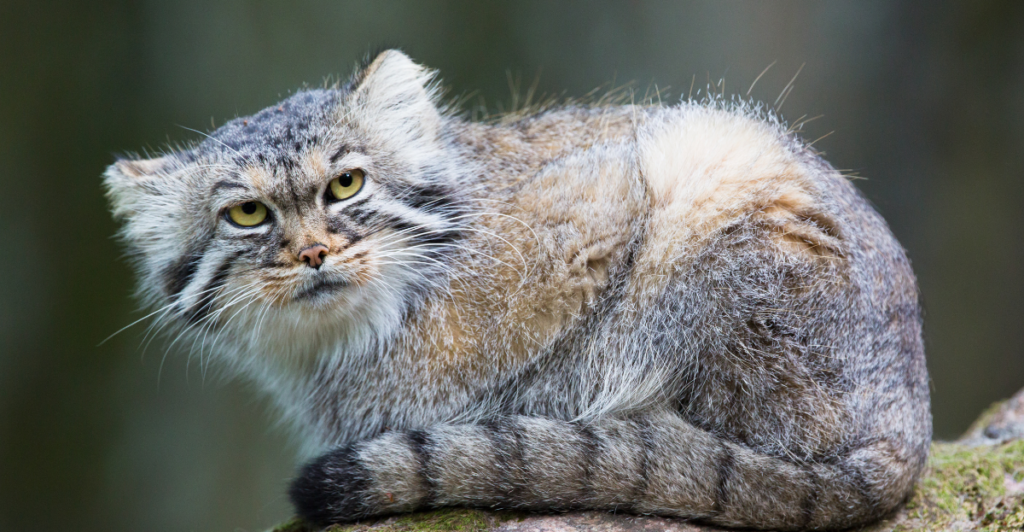
It’s heartbreaking when a once-snuggly cat begins avoiding touch. Social withdrawal often masquerades as aloofness, but is frequently rooted in chronic stress or undiagnosed pain. According to a 2022 study by the International Society of Feline Medicine, cats in chronic discomfort (from arthritis, dental pain, or past trauma) tend to reduce proximity-seeking behaviors while remaining within visual range of trusted humans.
This “watchful distance” gives the illusion of independence, but masks discomfort with intimacy. To help, stop pushing for physical affection and start rebuilding trust through indirect interaction. Sit quietly near your cat while offering food, brushing sessions, or interactive wand play.
Use calming signals like slow blinking and relaxed body posture. Keep track of daily behavior shifts in a journal—it helps identify triggers and patterns.
9. The Reduced Groomer: When Apathy Replaces Fastidiousness
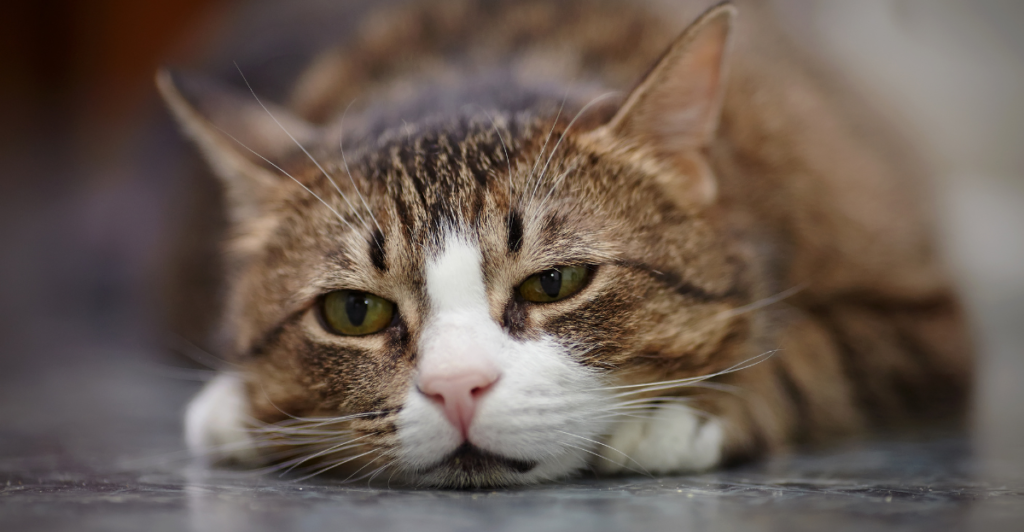
When grooming disappears, it’s a loud cry for help from a cat who’s given up on self-care. This behavior, commonly confused with aging or laziness, is often an indicator of severe psychological distress or underlying illness.
A 2021 feline welfare review found that grooming cessation often coincides with depressive symptoms—withdrawal, decreased appetite, and lack of play. It’s a shutdown response, signaling that the cat no longer feels safe or motivated to maintain its appearance.
The coat becomes greasy, matted, or dandruff-ridden. First, seek veterinary evaluation to rule out pain, especially arthritis or dental issues that make grooming uncomfortable. Then reintroduce grooming through short, gentle sessions using soft brushes and treat-based positive reinforcement.
10. The Sprayer: When Territory Marking Moves Indoors
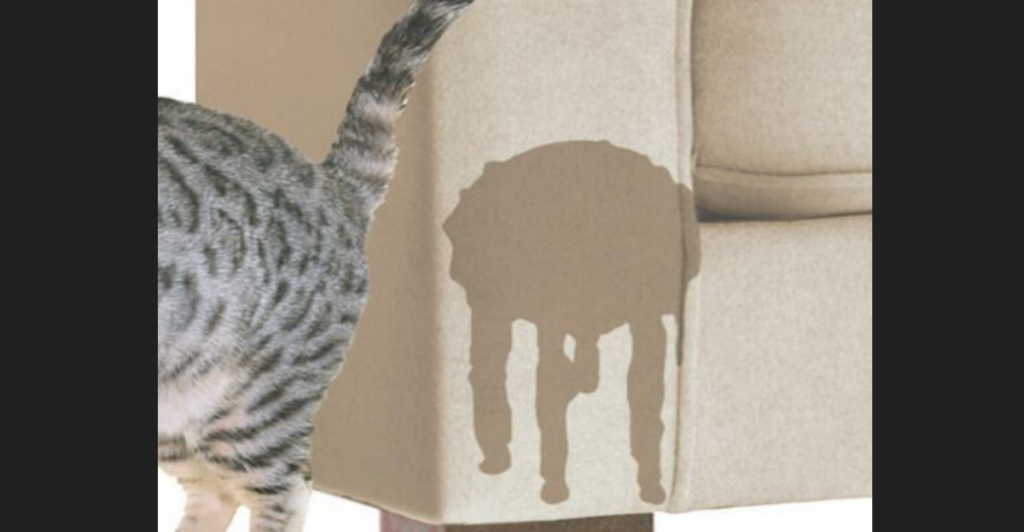
Spraying on walls, doors, or furniture is often misread as a defiant act. In truth, it’s your cat’s last-ditch effort to reclaim a sense of security. Vertical urine marking isn’t the same as urinating in the litter box—it’s emotional messaging.
Studies show that cats under environmental stress, especially due to social conflict or perceived intruders, drastically increase spraying behavior. A 2023 analysis from the University of Edinburgh revealed that households with unneutered neighborhood cats visible from windows triggered the highest spike in spraying.
To help your cat, block direct views of outdoor animals, provide visual barriers, and use enzymatic cleaners that truly eliminate scent traces. Scent-soaked areas often become hotspots of anxiety reinforcement.
Explore more of our trending stories and hit Follow to keep them coming to your feed!

Don’t miss out on more stories like this! Hit the Follow button at the top of this article to stay updated with the latest news. Share your thoughts in the comments—we’d love to hear from you!







